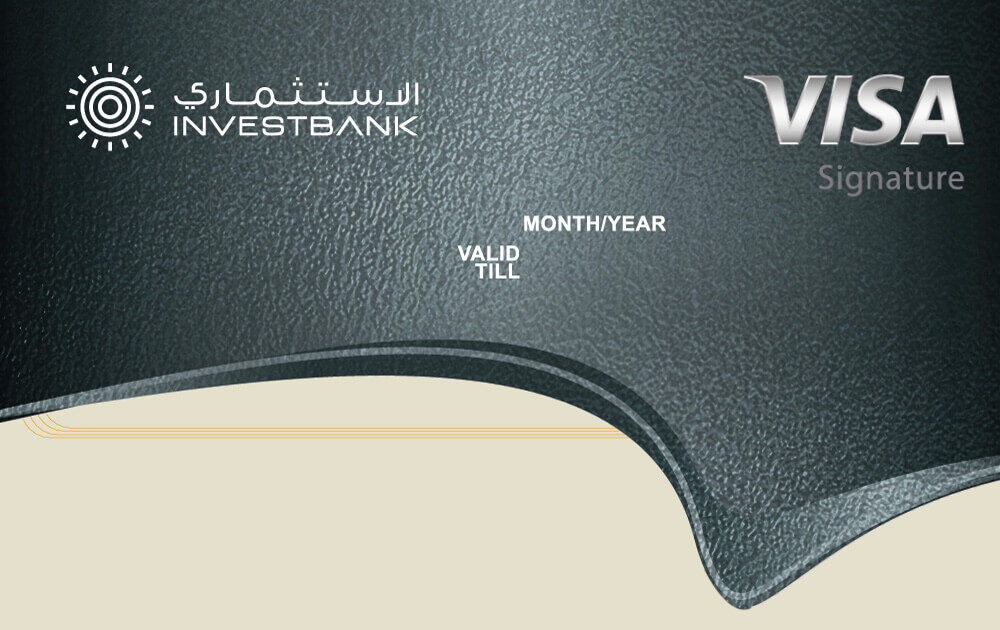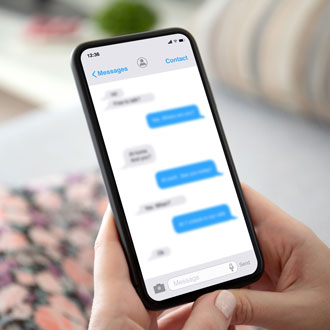What Is Vishing?
Vishing, short for “voice phishing,” is a deceptive tactic employed by hackers to manipulate individuals into sharing their sensitive, personal, and confidential information during phone conversations. This type of attack, while reminiscent of traditional scams, can also incorporate advanced automated voice simulation technology to further deceive unsuspecting targets.
How does Vishing work?
This kind of attack occurs when the perpetrator makes a call and pretends to be someone else, often claiming there’s an urgent matter that needs the victim’s immediate attention or pretending to be from a legitimate company the victim deals with, such as a bank. Using this technique, the attacker aims to coax the victim into providing personal or financial details. In some cases, the attacker may also request additional information from the victim, such as a one-time password (OTP). What’s more, in modern vishing attacks, cybercriminals are leveraging Artificial Intelligence to enhance the effectiveness of their deceitful tactics, making it even more challenging to discern genuine calls from fraudulent ones.
The major reason for a vishing simulation is to get information like personally identifiable information (PII), financial information, or other sensitive data that can be used to commit identity theft and fraud. The scammer will want you to give the information to them over the phone quickly before you even realize that you are being scammed, hence the reason for urgency in many of these attacks.
How to Spot a Vishing Scam?
Some people struggle to detect when they are being deceived. Here are warning signs to spot potential fraud.
In many instances, individuals with malicious intent may pose as trustworthy figures such as bankers, computer technicians, law enforcement, or even fellow victims to deceive unsuspecting individuals. To confirm the authenticity of the caller, it’s essential to request specific details that can help verify their identity. Additionally, independently confirming their legitimacy by using an official public phone number to reach out to the organization in question is crucial in identifying fraudulent activities.
Another way to recognize a vishing scam is through the use of urgency. Scammers employ urgency to pressure you into providing them with information quickly before you have a chance to realize that you are being scammed. If this occurs, take deep breaths and simply jot down the details given by the caller without disclosing any personal information.
You can recognize a vishing attack when the scammer contacts you and asks for personal information such as your name, address, bank account details, birth date, and social security number. Scammers often gather some information about you to make themselves seem trustworthy, but their real aim is to trick you into revealing sensitive and confidential information.
How to Protect Yourself from Vishing Attacks
- Be skeptical of unknown callers: if you receive a call from an unfamiliar number, be cautious.
- Never share personal information: never share sensitive details like credit card numbers, social security numbers, or passwords over the phone.
- End calls immediately if suspicious: If you suspect a scam, hang up the phone immediately.
- Be cautious of unexpected requests: legitimate companies will not ask for personal information over the phone.
- Don’t verify numbers provided by the caller: avoid calling back phone numbers given to you by suspicious callers.
- Ask for specifics: if you’re unsure, ask the caller for more details about their request or how they obtained your information.


















